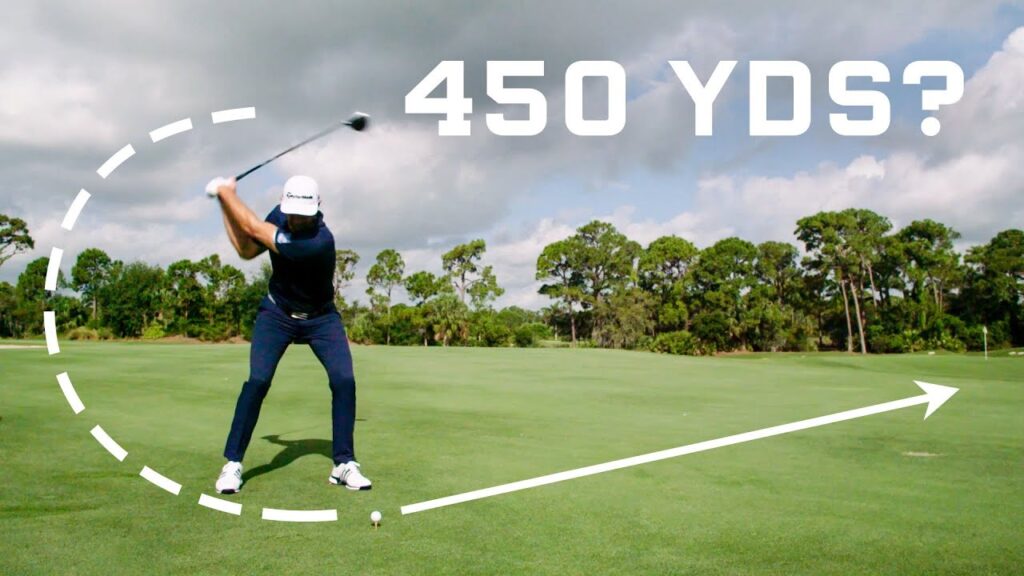Exploring Microsoft’s Kinect Sensor: A Revolutionary Technology for Enhanced Gaming Experience
Summary:
In this article, we explore the Kinect Sensor, an innovative technology that has forever transformed the gaming experience. We give you a sneak peek into the working of the device and how it functions. We explain how the device is not just confined to 3D vision but also has a 2D vision camera that has Active IR technology that filters out room lighting. We delve into the various capabilities of the device, starting from skeletal tracking, rotatio, Boxma, physics model, heart rate, and expression platform. We describe how the Kinect Sensor can recognize more than one person and facilitate multiplayer games without any user interface.
Table of Contents:
- Introduction
- How does the Kinect Sensor work?
- Capabilities of the Kinect Sensor
- The benefits of the Kinect Sensor
- Future of the Kinect Sensor
- Conclusion
Introduction:
Gaming has transformed drastically over the years. With the advent of technology, we have come a long way from simple 2D graphics and primitive controls to advanced gaming systems that use sophisticated sensors to detect the user’s movements and respond accordingly. One such remarkable technology is the Kinect Sensor, manufactured by Microsoft. In this article, we take a closer look at the Kinect Sensor, its features, and its impact on gaming.
How does the Kinect Sensor work?
The Kinect Sensor is a device that uses a 3D depth map to recognize the user’s movements and respond accordingly. The sensor creates a 3D representation of the user’s body and can track even the minute changes in depth. The device also has a 2D vision camera with Active IR technology that filters out room lighting. The Kinect Sensor can recognize more than one user and can facilitate multiplayer games without any user interface.
Capabilities of the Kinect Sensor:
The Kinect Sensor has several capabilities that make it unique and revolutionary. One of the primary capabilities of the device is skeletal tracking, which is core technology introduced with Kinect for 360. The sensor leverages 3D vision and makes it high definition, with more joint and expressive movements. Another capability of the Kinect Sensor is rotatio, a representation called Boxma. This feature can detect even minute movements like rotating the head, making little circles with it, and tracking where the user is looking in the room. The Kinect Sensor can also estimate the user’s heart rate and muscle and force using a physical model that detects the strain on the joints and the force being applied through movement.
The benefits of the Kinect Sensor:
The Kinect Sensor’s benefits are many, including its ability to detect more than one person and facilitate multiplayer games without any user interface, revolutionizing the gaming world. Another benefit of the Kinect Sensor is its use in fitness, where it can estimate the user’s heart rate and track muscle and force to determine the user’s progress. The Kinect Sensor’s expression platform can recognize moods and how individuals are engaging with the system.
Future of the Kinect Sensor:
The Kinect Sensor technology is continually evolving, and it is exciting to think about where the future will take us. The Kinect team at Microsoft is working on integrating facial recognition, which would open up a world of possibilities for gaming and other applications. With continued innovations, the Kinect Sensor could become even more intuitive and interactive, enhancing the gaming experience further.
Conclusion:
The Kinect Sensor has revolutionized the gaming experience, and it is an exciting time to be exploring this technology. With its advanced capabilities, including skeletal tracking, rotatio, Boxma, and expression platform, the Kinect Sensor can detect even the slightest changes in movement and enhance the user’s overall experience. The Kinect Sensor is continually evolving, and it is intriguing to think about where this technology will take us in the future.






